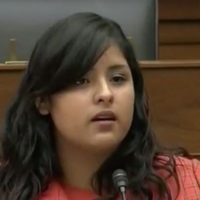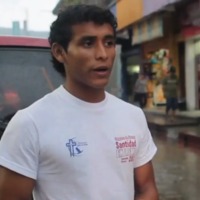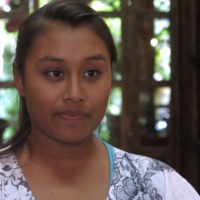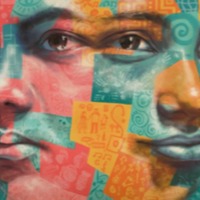6 results
VOICES: Narratives by Survivors of Modern Slavery
This is the world's largest archive of modern slavery survivor narratives. Across more than a million words spoken or written by survivors of modern slavery, we can see why slavery persists in particular hotspots, analyse patterns in trafficking routes, identify vulnerabilities, understand more about the challenges survivors face in liberation, and discover new antislavery solutions. These narratives offer the chance to systematically design new antislavery strategies based on the experiences, ideas and solutions of enslaved people themselves.
The database is searchable by country, name, theme, and narrative date. Narratives can be viewed in list or map form. A short introduction provides context to each narrative. Narrative provenance appears after the main narrative text.
For ideas on how to use this database, please see our accompanying guide.
Project Lead: Zoe Trodd. Team Members: Andrea Nicholson, Lauren Eglen, Rosemary Pearce, Olivia Wright.
Project Funders: AHRC Antislavery Usable Past grant (2014-19), ESRC/AHRC PaCCS Modern Slavery: Meaning and Measurement grant (2016-19), and AHRC-GCRF Antislavery Knowledge Network grant (2017-2021).
For any queries about the collection please contact: [email protected]. If you wish to cite a particular narrative, please acknowledge the survivor’s name, the provenance of the narrative and cite: Voices Database, the Rights Lab, University of Nottingham.

Karla
Karla Jacinto Romero was trafficked by a 22-year-old man at the age of 12, and enslaved until the age of 16 in brothels, roadside motels and homes in Guadalajara and other cities in Mexico. She estimates that she was raped 43,000 times, by 30 people a day for seven days a week during four years. She…

Jose
Mexico has one of the largest child labour forces in Latin America with 3.6 million children between the ages of 5 and 17 currently employed in some way. This has made children one of the most vulnerable groups of people subjected to labour exploitation in the country. 42.5 percent of children…

Laura
Sex trafficking remains prevalent in Mexico with the city of Tenancingo, Tlaxcala being dubbed the sex trafficking capital of the world. Women and young girls are often manipulated into 'love relationships' with local men who earn their trust and then trap them into forced prostitution. NGOs have…

Marcela
Sex trafficking remains prevalent in Mexico with the city of Tenancingo, Tlaxcala being dubbed the sex trafficking capital of the world. Women and young girls are often manipulated into 'love relationships' with local men who earn their trust and then trap them into forced prostitution. NGOs have…

Maria E
Mexico has one of the largest child labour forces in Latin America with 3.6 million children between the ages of 5 and 17 currently employed in some way. This has made children one of the most vulnerable groups of people subjected to labour exploitation in the country. 42.5 percent of children…

Frances
There are an estimated 341,000 people living in modern slavery in Mexico (GSI 2018). Sex trafficking remains prevalent in the country, with the city of Tenancingo, Tlaxcala being dubbed the sex trafficking capital of the world. Women and young girls are often manipulated into 'love relationships'…